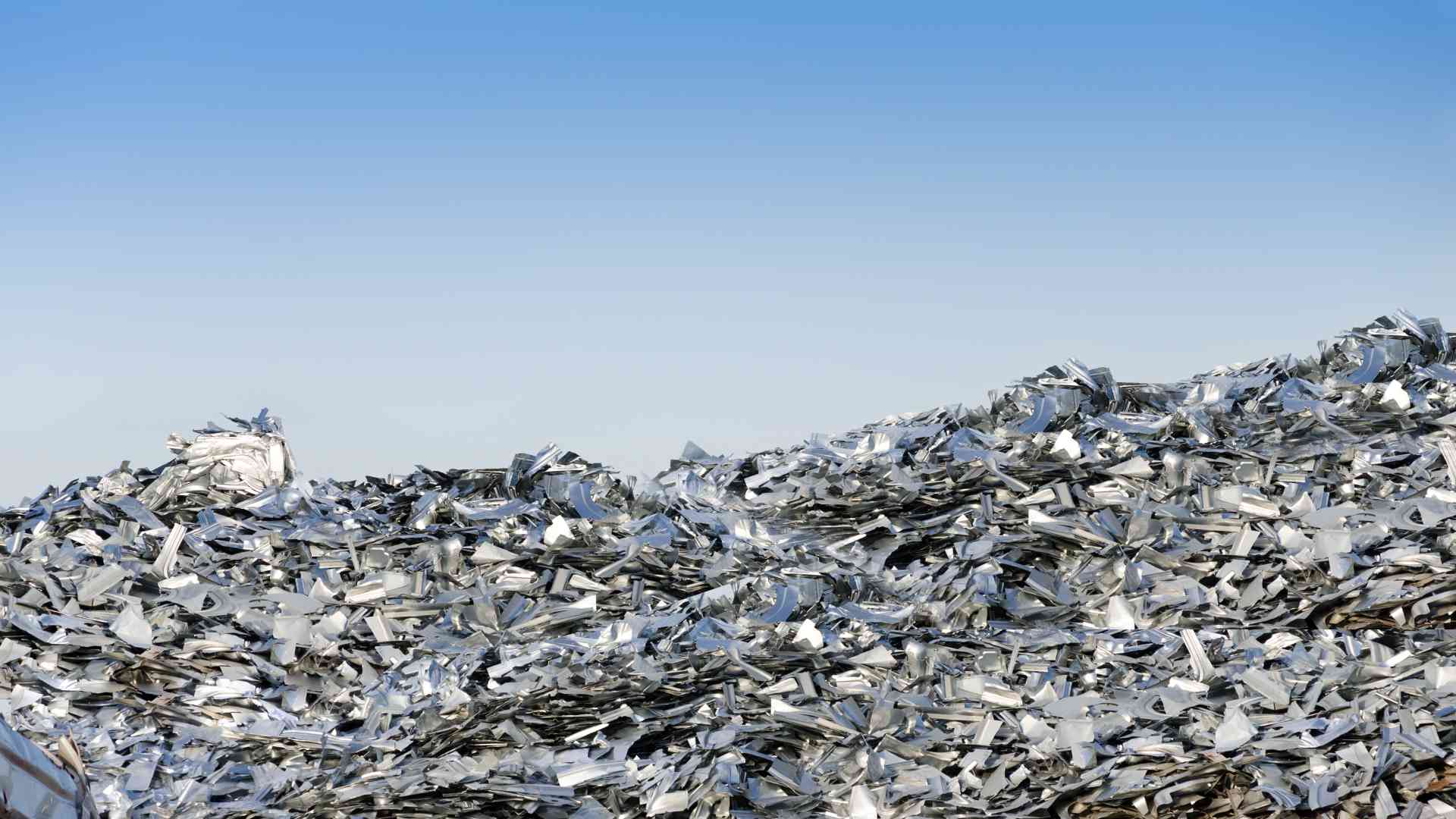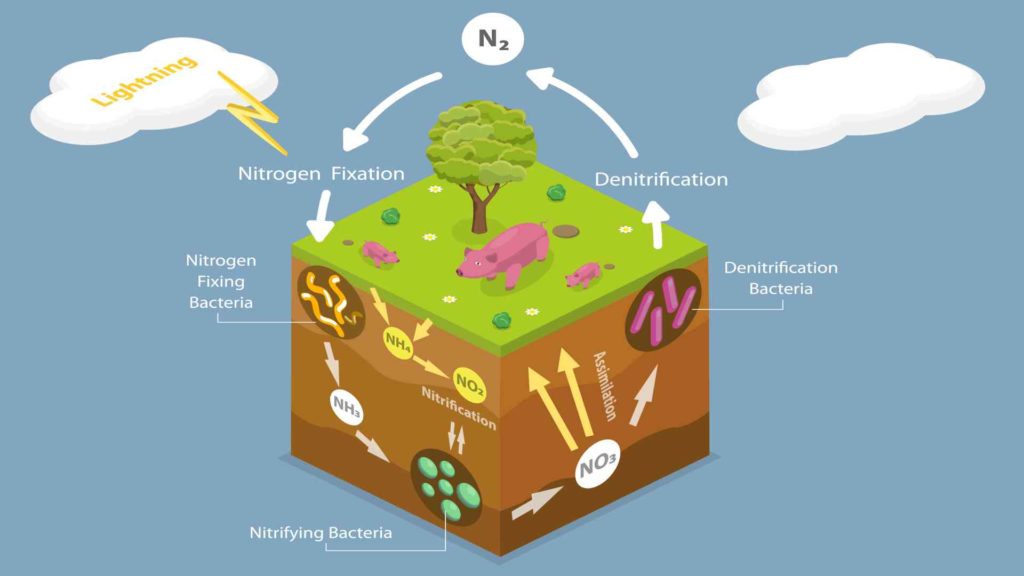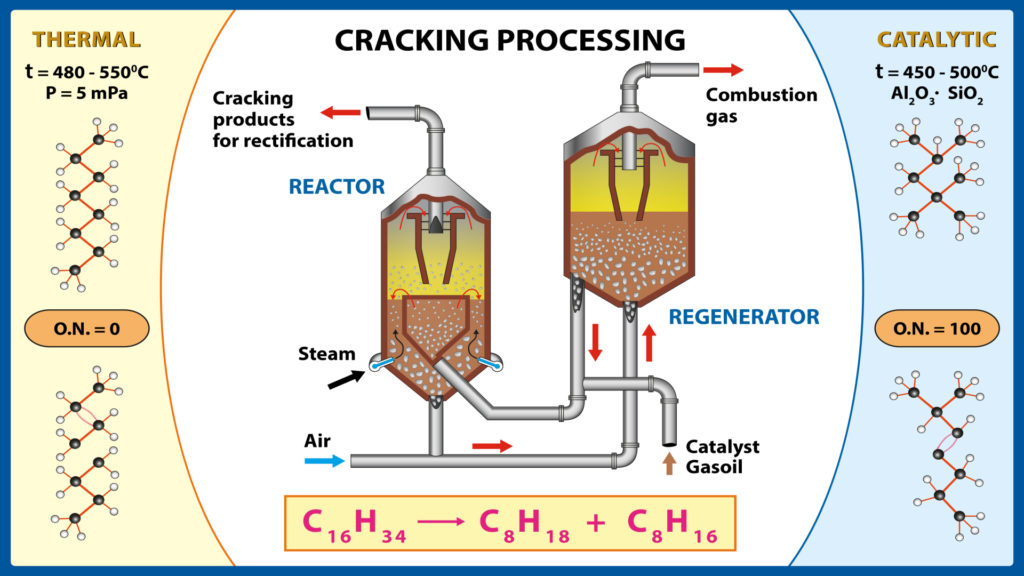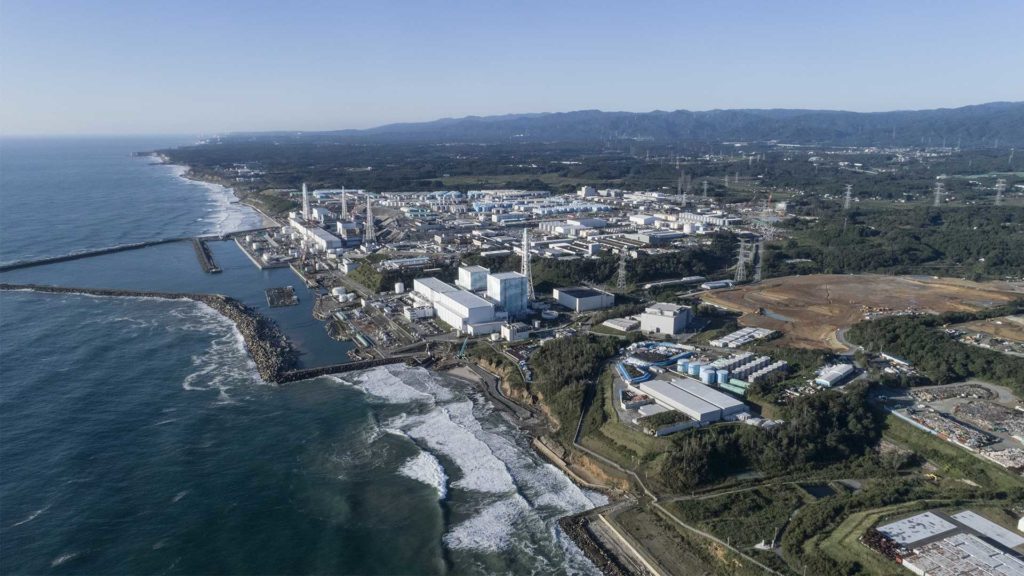Metal Recovery Using Borates
Metal recovery refers to the process of extracting precious metals from various materials. One method for metal recovery involves using boron. Boron is a chemical element that occurs naturally in minerals such as borax and kernite.
Metal Recovery
Metals are one of the most valuable resources in modern society. They are versatile and durable materials that can be recycled repeatedly to serve new purposes, making them an essential component of everything from electronics and construction to household products and art.
Specialized chemicals called borates are often used for metal recovery and recycling processes. These unique compounds are more efficient and environmentally sustainable metals use across various industries.
Recovery and Recycling
Recovery and recycling are both essential processes. They both involve recycling materials and recovering them into something useful to reduce pollution and conserve resources.
While recycling is the process of reprocessing eliminated or waste metal into new products, recovery is extracting purified metal from scrap. Metals such as brass, bronze, copper, lead, zinc, and aluminum can be recycled and recovered from waste or slag remains from a primary smelting operation. Metals can be recycled multiple times without losing their desirable properties.
Benefits of Metal Recovery and Recycling
- By recovering and recycling scrap metal, manufacturers can access previously unavailable raw materials at cheaper costs.
- Scrap provides a consistent material source.
- The energy needed for recovery and recycling is significantly less than that needed for metal ore purification.
- Manufacturers can obtain recycled metals from local or regional scrap sources.
- Scrap metal is a resource, not a waste. And for many manufacturers, it’s a critical component of supply chain optimization.
Borates in Metal Recovery and Recycling
A pure metal product should not have any oxides or extraneous impurities. Borates contribute by acting as fluxes during melting and combining with metallic oxides at low temperatures to carry them to the melt’s surface as slag that can be drained.
The flux effect varies depending on the metal and the process. For example, in the aluminum industry, fluoboric acid (HBF4) is employed as a flux for aluminum reduction. Boric oxide introduced to the pot lining during aluminum production is a suitable reactant for reducing cyanide formation, a hazardous waste. Also, boron is a grain refiner and an aluminum hardening agent.
There are various other flux agents that help with metal recovery such as lead carbonate, soda ash, silica, scrap iron, and combinations of multiple fluxes. However, borates have unique benefits over other flux agents.
- Borates create pure metal by generating a high-solvent action on metal oxides and siliceous materials.
- Borates lower the liquidus temperature for highly fluid slags formation and the extraction of even more metal from the slag.
- Borates allow for easier slag thickening and skimming, depending on the metal chemistry.
- Borates minimize the manufacturer’s energy costs by using a furnace with a lower melting point.
- Borates, in lead recovery, minimize the leaching effect of lead sulfate from slag for the cooled and solidified slag.
- Borates are simple and safe to use.
- Borates are non-combustible and produce little fumes.
Highly Preferable Borates for Metal Recovery and Recycling
It is important to consider the correct type of borate product to ensure the proper safety of people, equipment, and the environment. For example, the most popular form of sodium borate used in industry is 20 Mule Team® Borax Neobor® (a hydrated borate). It is an excellent choice for many operations, such as smelting operations. The effects of Neobor and Dehybor® in a smelting process, on the other hand, are quite different.
- As the sodium borate in Neobor heats up, it slowly dehydrates and forms a melt that bubbles and sputters as it loses moisture. Anhydrous borates, such as Dehybor, avoid sputtering and heat explosions in smelting operations, making them a safer choice.
- Dehybor enhances process quality and safety during smelting. At high temperatures, it is an excellent solvent for metallic oxides. Furthermore, hydrated borates are more corrosive to refractory brick due to the released water.
- As Dehybor is already dehydrated, very little product is required per tonne of recycled material, potentially saving manufacturers money.
- As a refined borate, Dehybor has the least amount of toxic elements, such as arsenic, making it environment-friendly during the smelting process.
- Borate formation, purity, and consistency of granulometry are critical in gold recovery. Because of its consistency, Dehybor is ideal for preventing “spit and crackle” issues and enabling proper melt.
Conclusion
The use of borates in the recovery of metals is an effective method for improving the efficiency of metal recovery processes. Using borates to bind and leach metals from ores makes it possible to increase the rate and yield of recovery while reducing the overall cost of the process. This makes borates a valuable addition to any metal recovery operation.





